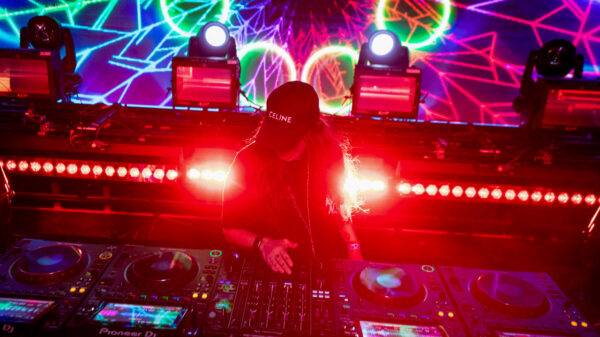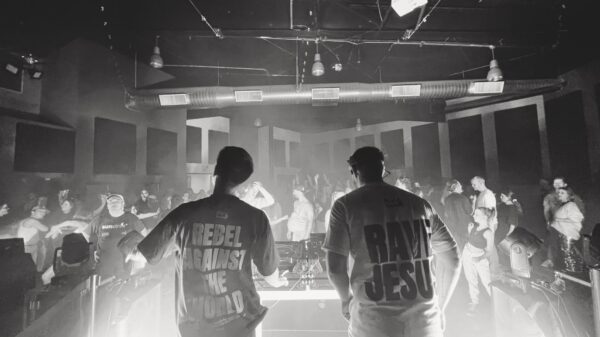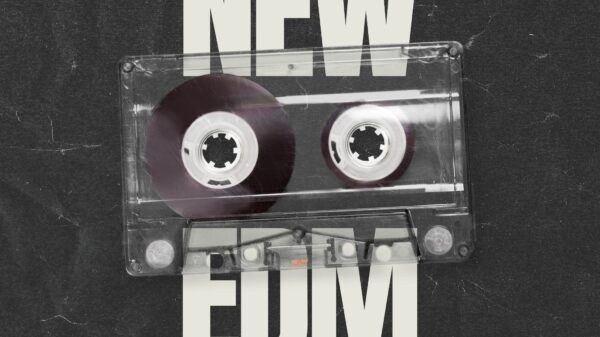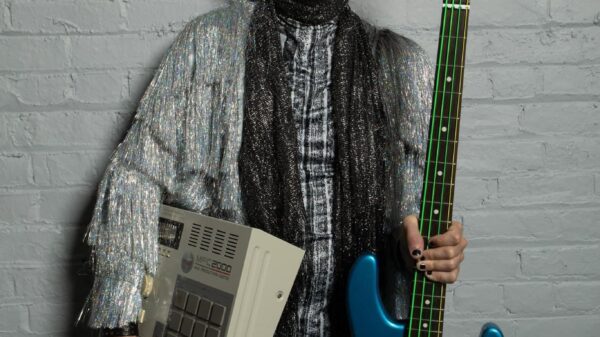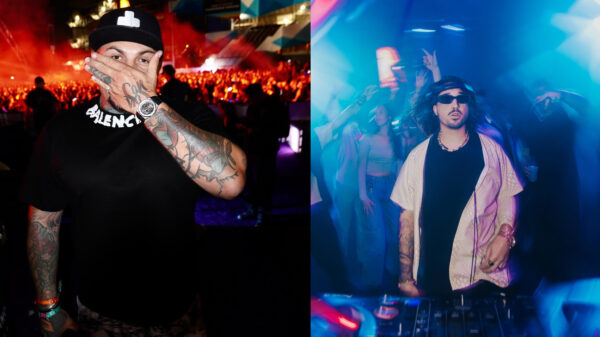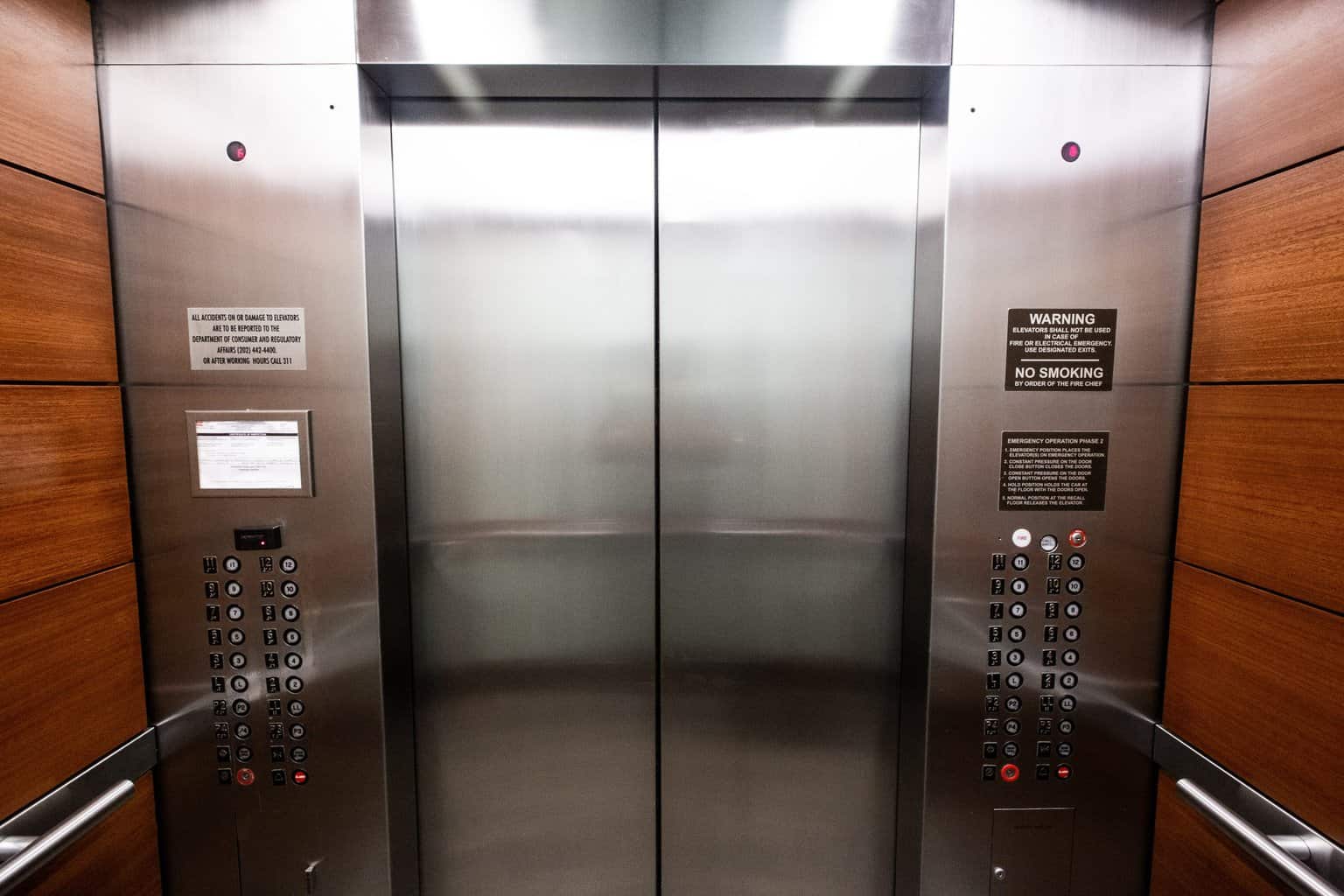With the technological advances of the 21st century, many people have forgotten about the musical subgenre known as elevator music. This type of music was once popular in the early 1900s and can still be heard in some places. Although it may seem dated, elevator music is still a genre that has its unique qualities. This blog post will explore elevator music, its history, and other details. Let's get started.

What Is Elevator Music?
As the name suggests, elevator music is the type of music that is often played in elevators. It is also referred to as Muzak, a company's brand name that provides background music and other audio services to businesses.
Elevator music is typically easy listening or soft music intended to be unobtrusive and not draw attention to itself. The goal is to create a calm and relaxing atmosphere that can help ease the tension or stress some people feel when riding in an elevator.
This type of music has been around for many years and was created to help boost morale in factories during the early 20th century. It then evolved and became more popular in public places such as shopping malls, hotels, and elevators.
What's The Main Idea?
The purpose of elevator music is to provide a relaxing and calm atmosphere for people traveling between floors. This type of music was usually played in high-rise buildings where passengers had longer rides or in stores or shopping centers that were likely to be crowded.
Some people believed that elevator music could help create a more positive customer experience in stores or shopping centers. Others find it annoying and prefer complete silence while riding in an elevator. The concept is similar to commercial phone systems where customers are on hold.
Elevator music is a soft, slow genre linked to music genres such as easy listening and instrumental music. You might hear smooth jazz or new-age music classified as elevator music.
Sometimes, elevator music is used for comedic effects in movies. This happens when intense or dramatic scenes are interrupted by calmer, more relaxing music, such anodyne music. The characters might be using an elevator at the time.
History and Early Inception
The word “elevator music” is believed to have originated in the United States in the early 20th century. One theory is that the term was coined because many early elevators were equipped with gramophones or other devices that played music to entertain passengers as they rode up and down.
Credited with the invention of elevator music, George Owen Squier was an Army officer who came up with the idea of selling music through wires. He believed this would be a more efficient way to distribute music than radio broadcasts. While his idea didn't gain much traction initially, he continued working on it and eventually made it into a successful business venture.
He then offered his service to companies for their office lobbies and elevators. At that time, radio required a lot of equipment, which would have been impractical for use in small spaces like elevators. The idea he proposed was that calming music would help people work better and improve productivity. The sales tactic worked, and elevator music became a popular way to provide background music in public spaces.
The model created by Squier eventually became the company known as Muzak. This business creates bland versions of popular songs and hits for commercial background music. In modern times, “muzak” is often used to describe any elevator-style music heard in public places. The official brand name was retired by Mood Media in 2013, but the term is still used informally by many people.
What Genre is Elevator Music?
The term is often used to describe bland, unassuming background music in the genre known as “Muzak.” However, different genres are often characterized by a slow tempo, relaxing melodies, and little to no lyrics. This makes them ideal for playing in environments where people need to focus or relax, such as elevators.
They include:
- New Age Music: This genre is similar to ambient music and often features sounds of nature or synthesizers. It's meant to be relaxing and create a sense of peace and well-being.
- Ambient Music: This type of music is usually more minimalistic and often has environmental sounds mixed in with the melodies. It's designed to be calming and provide space and tranquility.
- Instrumental Music: As the name suggests, this type mainly consists of instrumental tracks without any vocals. It can come in various genres, such as classical, jazz, or electronic. However, all instrumental music shares one common trait – it's perfect for playing in the background without being too intrusive.
- Easy Listening Music: This genre is a catch-all for any type of music that is easy to listen to and not too demanding on the ears. It often includes elements of jazz, pop, and even classical music. Easy listening is perfect for situations where you want something playing in the background but doesn't want it to be too distracting.
How Elevator Music is Formed?
There are two ways to make elevator music. The first is to take an existing song and remove the vocals. This leaves just the music, which can be played in an elevator without issue. The second way is to have a musician create an original piece or cover an existing song for use in elevators. This guarantees that the music will be appropriate for the setting and won't cause any issues.
What Is The Stereotypical Elevator Music Called?
Muzak is a trademarked name for a type of background music popularized in the middle of the 20th century. It's become synonymous with “elevator music” because it was commonly used in public places like elevators, supermarkets, and department stores.
Also, many people refer to any type of elevator music as “Muzak,” even if it's not the Muzak company's product. Muzak was designed to boost productivity and create a positive atmosphere in workplaces. It was also thought to reduce stress and increase customer satisfaction in public places.
Is Elevator Music Still Played?
No, not really. In recent years, the term “elevator music” has become more of a joke than anything else. It’s often used to describe bland, uninspiring background music.
But there was a time when elevator music was taken seriously. It was designed to calm nerves and soothe tempers in the elevator's specific environment.
Of course, we have a much wider range of options regarding what we want to listen to in elevators. And many people prefer to listen to nothing at all.
Nevertheless, the term is still used occasionally to describe specific genres of music meant to be unobtrusive and inoffensive. This can include easy listening, Muzak, and even some forms of new-age music.
Major Purchasing Options
Licensing is important for playing elevator music since most countries have copyright laws prohibiting broadcasting music without an express license from the owner. This is typically the composer or a record label. Depending on the song, licenses can be expensive, so services like Muzak are popular. The compilations usually have covers performed by unknown artists who can't command the same price as more established ones. Also, the costs are often reduced when songs are sold in bundles.
Companies specializing in elevator-type music usually have a wide variety of selections you can choose from. You can often find different channels designed to create certain emotions or go along with things like the seasons or holidays. For example, some companies may sell collections of classical elevator music, while others may sell collections of top-40 hits.
FAQs
When was Elevator Music Invented?
It is believed that the first use of elevator music was in the early 1920s. The earliest recorded instance of elevator music was in 1929, when Muzak, a company specializing in background music, installed speakers in the Otis Elevator Company's elevators.
How Did Elevator Music Become Popular?
Elevator music became popular in the United States during the 1930s and 1940s to calm elevator riders who feared getting stuck in the elevator. The music was also used to mask the sounds of the elevator machinery.
What Types Of Music Are Commonly Played As Elevator Music?
The most common type of music played as elevator music was easy listening or light jazz. Also, popular songs were often re-recorded in a slower, softer version to be used as elevator music. With the advent of Muzak, a company specializing in background music, elevator music became more standardized.
How Is Elevator Music Different From Other Types Of Music?
Elevator music is typically characterized by its bland and inoffensive nature. The purpose of elevator music was to provide a calm and relaxing atmosphere for elevator riders. It was not meant to be exciting or interesting but rather to provide a peaceful background ambiance.
Is There A Difference Between Muzak And Elevator Music?
Muzak is a brand name for a type of background music that was popularized in the 1930s and 1940s. Muzak became synonymous with elevator music because the company was one of the first to provide pre-recorded music for elevators. However, many other companies now provide elevator music, so Muzak is less used to describe all elevator music.
Conclusion
Elevator music was easy-listening popular music originally designed to be played in public places, like elevators, grocery stores, lobbies, and waiting rooms. It's usually soft and unobtrusive, with a very simple melody and a steady beat. It's not in use as much as it once was, but you can still hear it in some public places. If you're looking for something to help you relax or focus, elevator music might be worth a try.

